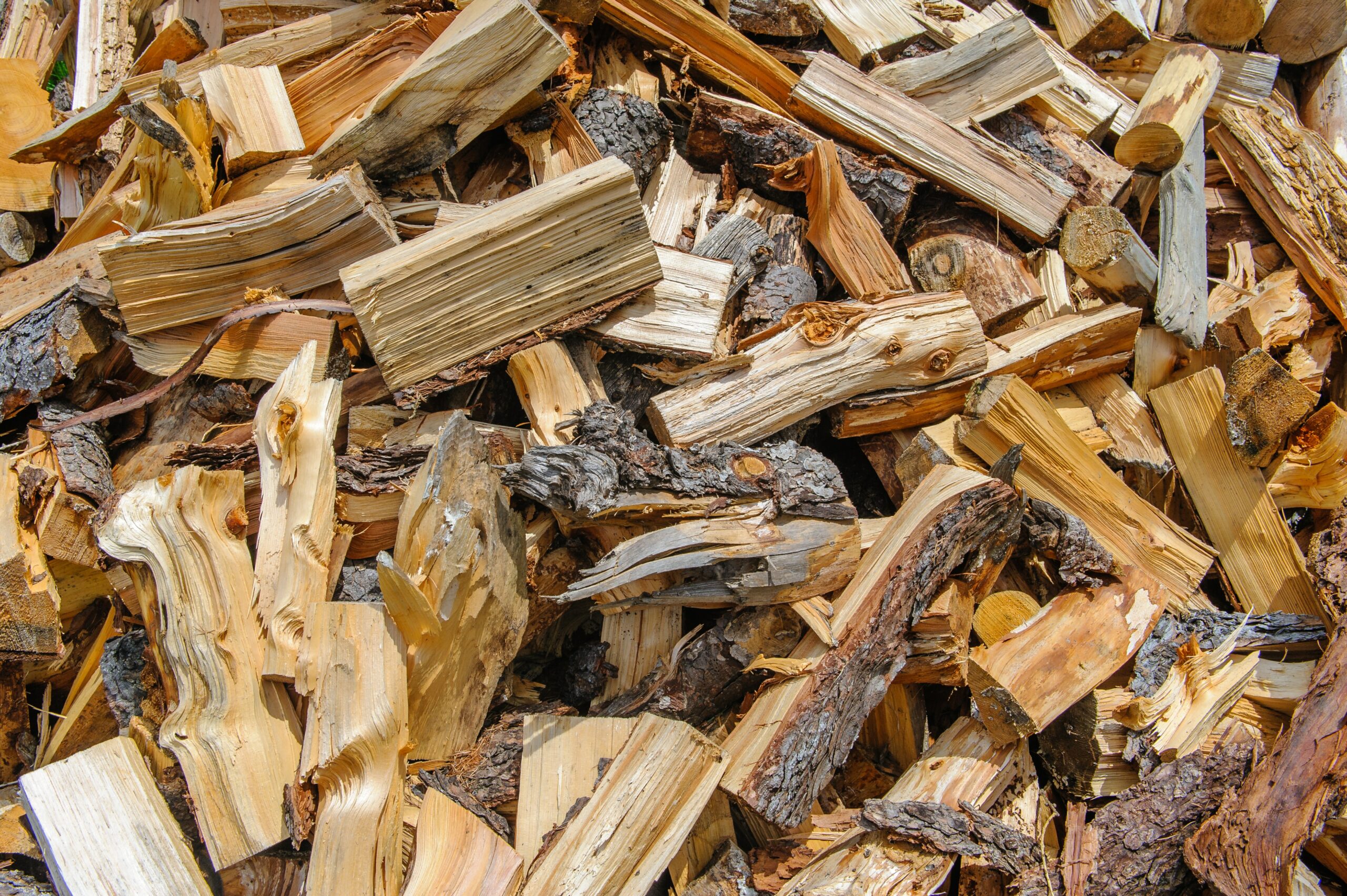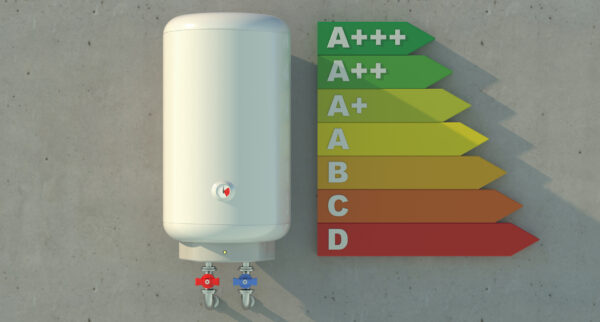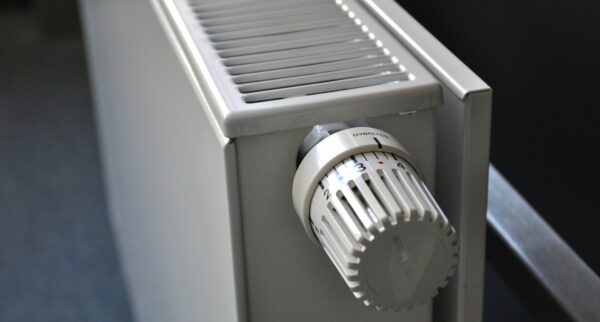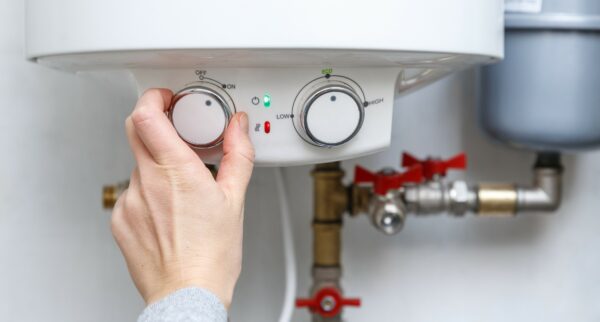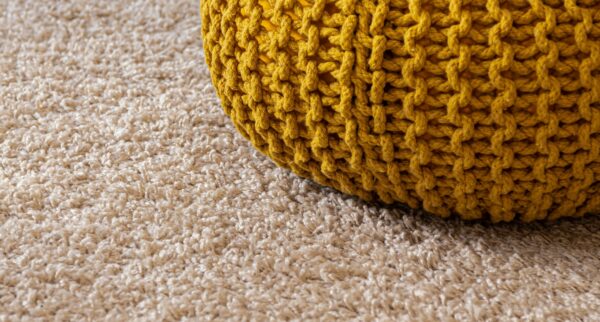Call us today 0207 32 32 999
With energy costs soaring, property owners have begun looking for more efficient ways to heat their homes. It has resulted in a resurgence of solid fuel heating systems, which haven’t been this popular in a while.
While most modern central heating systems use electricity, hydropower, and natural gas, solid fuel systems run on a variety of solid fuels such as wood and coal. They use fire to heat the water in the boiler before the water is circulated to a hot water cylinder and pumped out to the radiators.
Table of Contents
ToggleTypes of Solid Fuels
Further details about the most common solid fuels are provided below.
Wood
Using wood to heat the boiler is the cheapest option but also results in a lower output. Wood also produces a high tar and residue content, which accumulates in the chimney and is one of the main causes of blockages and chimney fires.
Coal
The use of coal in solid fuel heating is more expensive than wood but comes with the added benefit of higher output. Even so, the heat output is not as strong as smokeless fuels or modern central heating systems.
Smokeless Fuels
Smokeless fuels can either be natural or manufactured. They produce a higher heat output than both wood and coal and release this energy over a longer period. This makes them highly efficient in closed appliances.
Types Of Solid Fuel Systems
There are two types of solid fuel heating systems – open fires and closed fires. Both are explained in further detail below.
Open Fires
Open fires have a fire basket attached to the boiler. Fuel, in the form of wood, coal and smokeless fuels are loaded onto the fire basket, which then produces smoke that is discharged into the chimney.
Open fires have limited efficiency, which makes them less-suited for powering radiators. In addition to this, they are more “labour intensive” due to the frequent refuelling that’s necessary to maintain heat energy over long periods. The use of open fires typically means that chimneys must be swept at least a few times per year due to soot build-up.
Closed Fires (Roomheaters, Cookers & Boilers)
Closed fires burn behind either one door or two doors as can be seen with multi-fuel appliances. They are more efficient than open fires and require less manual labour as well, thanks to more automated control functions. For optimal performance, regular cleaning is advised to unclog flue ways as a result of ash and soot build-up.
How To Get The Best From Your Solid Fuel Heating System
If you’d like to get the most out of your solid fuel heating system, the tips below will come in handy.
- Purchase better quality fuels – This will improve the quality of heat and hot water produced by the system.
- Fill the firebox to capacity – For the best output, the fuel should be in contact with all boiler surfaces. Therefore fill the firebox to its highest capacity for the optimal results.
- Clear ash at least twice a day – The accumulation of ash will affect the boiler’s performance, as the heat transfer will diminish. Aim to clear ash in the morning and at night at the very least.
- Regularly sweep the chimney – As a rule of thumb, this should take place at least quarterly for both open and closed fires.
- Monitor your settings – Adjust the settings depending on the weather and time of year. During winter the system will need to operate at its highest setting for adequate hot water and property warmth. As a result, you’ll need to burn a lot more fuel. In the summertime, where there is less of a requirement heating, the system can run on a much lower thermostat setting.
While modern solid fuel heating systems come with a hefty price tag, rapidly increasing energy costs mean that the efficiency benefits in the long-term will be well worth the upfront fee. To get the most out of them, follow the best practices above for peak performance over an extended period of time.
